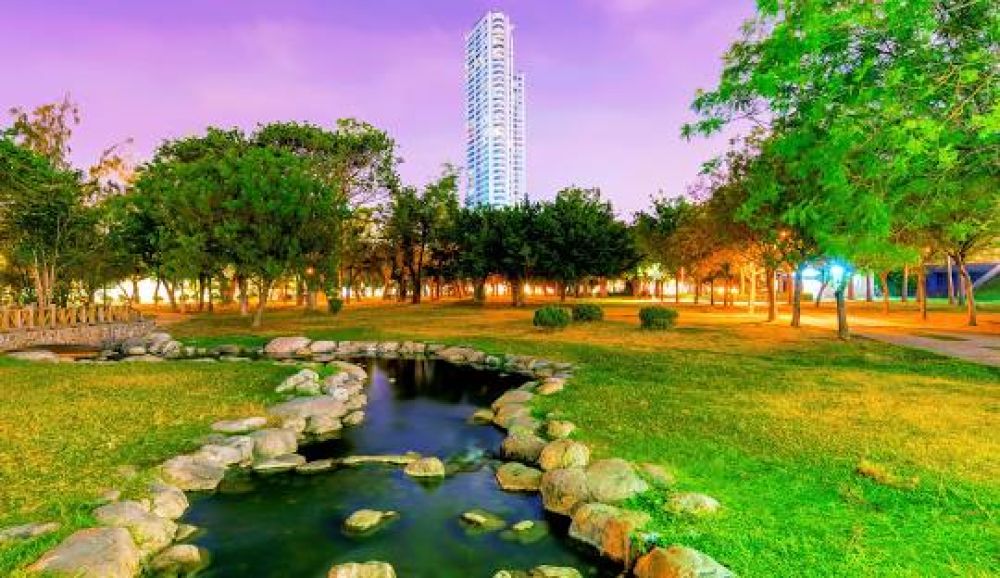

Central Park in Kaohsiung, Taiwan, is not just an urban oasis but also a testament to the city's commitment to creating harmonious spaces where nature and urban living meet. Officially opened to the public in the late 20th century, this verdant retreat has since become an integral part of Kaohsiung's tourism and local lifestyle.
Tracing its roots back to the city's rapid industrialization and urban development, Central Park was conceived as a breath of fresh air amidst the bustling metropolis of Kaohsiung. Its establishment was part of a larger vision to provide natural recreational spaces for the growing population and to balance the concrete jungle with green landscapes.
In its early years, Central Park quickly drew in locals and tourists alike, serving as a refreshing getaway in the core of the city. Its design, incorporating traditional Taiwanese elements with modern landscaping techniques, has played a crucial role in its enduring appeal.
Over the years, Central Park has evolved into not just a site for passive recreation but also a hub for cultural and social gatherings. It acts as a venue for art installations, open-air concerts, and community events, which has enriched the park's role in both the tourism sector and local community life. Additionally, its proximity to major transportation links like the Kaohsiung MRT Central Park Station has made it highly accessible and thus a must-visit destination for travelers.
The latest trend in tourism at Central Park aligns with the global movement towards sustainable and experiential travel. Visitors are increasingly seeking out not only the natural beauty but also authentic local experiences that contribute to the area's sustainability. The park's diverse ecosystem, including its famous Heart of the Lake, floral exhibitions, and eco-friendly maintenance practices, positions it well within this trend.
Amidst the COVID-19 pandemic, outdoor spaces have gained even more significance, prompting a surge in interest for places like Central Park. It provides a safer alternative to indoor public locations, allowing people to gather and enjoy leisure activities while adhering to social distancing protocols.
Moreover, the integration of technology has seen a rise in audio tours and virtual experiences that complement physical visits. By using apps or QR codes scattered around the park, tourists can enjoy self-guided tours that offer insights into the park's rich flora, fauna, and art installations.
Looking towards the future, there's a continued emphasis on enhancing visitor engagement and preserving the park's natural environment. Efforts include the incorporation of innovative features that add value for tourists, such as interactive educational displays on local wildlife, and sustainability initiatives aimed at reducing environmental impact.
In conclusion, Central Park in Kaohsiung represents the city's dedication to maintaining a harmonious balance between urban development and environmental conservation. As it continues to adapt to the latest trends in tourism while preserving its core mission, the park remains a jewel in the crown of Kaohsiung's tourism attractions.